F1 teams face a head-scratching weekend at the Mexico City Grand Prix as they tackle the set-up quirks posed by the Autodromo Hermanos Rodriguez.
At an altitude of over 2,000m, the air is thin and this lower air density - with less oxygen in the air - poses a number of challenges both for humans and machines.
So what are the challenges?
Downforce
F1 cars feature two large wings at the front and rear to create as much downforce as possible. Those wings need air pushing cars onto the asphalt, and the denser the air is, the more downforce is generated. The less dense the air is, the less downforce is generated. Although today's F1 cars generate a lot of downforce under the floor, the wings remain very important.
That's why [although, it's not really a choice, rather a must] F1 teams choose to run with maximum downforce set-ups, similar to, say, the Monaco GP. But because these work less effectively on wings at altitude, they bring about roughly the load that normally generates the downsized wings at, say, Monza. Thus, even though the wings are virtually upright, top speeds of 350kph or more can be achieved.
The engine
Those top speeds are achieved even while the engines are producing less power! Oxygen is required for the combustion of gasoline, necessary to run the engine at full speed. At certain ratios between the amount of fuel and oxygen, optimum values are reached, but oxygen is in short supply in Mexican air. And because that optimal ratio doesn't change, but less oxygen enters the engine through the air intake, less fuel must also pass through it. A less rich fuel mixture results in less power and thus less performance.
Since 2014, some of this has been compensated for by the turbocharger. An F1 car's turbo has the important job of feeding extra oxygen to the engine. But to compensate for the loss of oxygen in the air, turbos are pushed to the limit. They rev up to 15 per cent more than normal, with all the reliability risks that entails. Moreover, you want the turbo to carry as much cool air toward the engine as possible, but the increasing rpm the turbo makes also releases more heat.
Viewed by others:
Cooling
And that brings us to the third important topic related to altitude: cooling. After all, to cool the vital parts of the F1 car, you want the air to be as dense as possible. The thinner the air, the less effective the cooling occurs. This is problematic for the engine, but also for the brakes, for example, which get a lot of grief.
So don't be surprised if you see cooling vents in the bodywork and also the air vents for the brakes deserve special attention in Mexico. So it will continue to be panting and puffing for the mechanics in Mexico, but certainly for the cars as well.
Don't miss out on any of the Formula 1 action thanks to this handy 2026 F1 calendar that can be easily loaded into your smartphone or PC.
Download the calenderMost read
In this article
F1 2023 Mexican Grand Prix RN365 News dossier





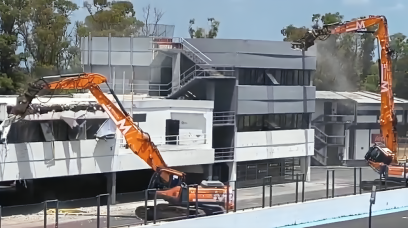





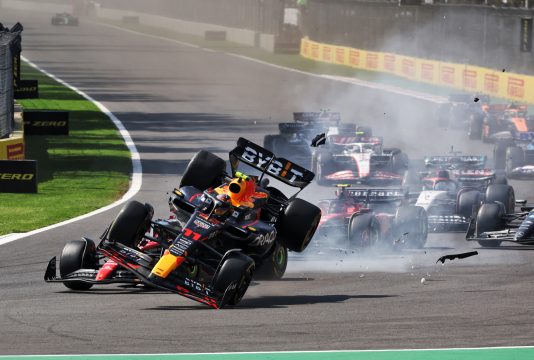




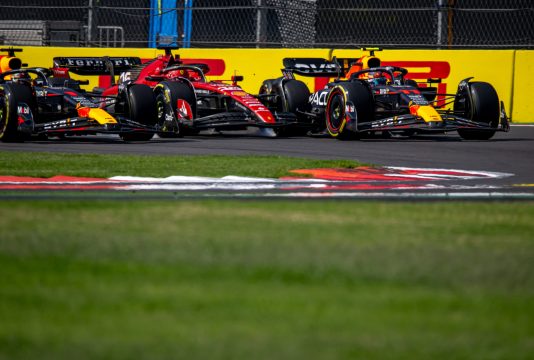

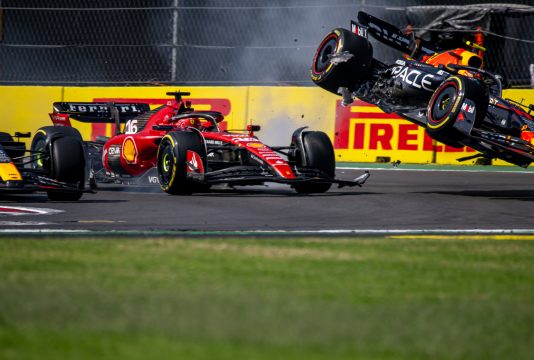

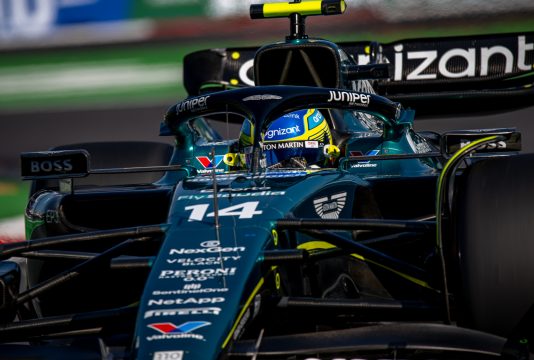

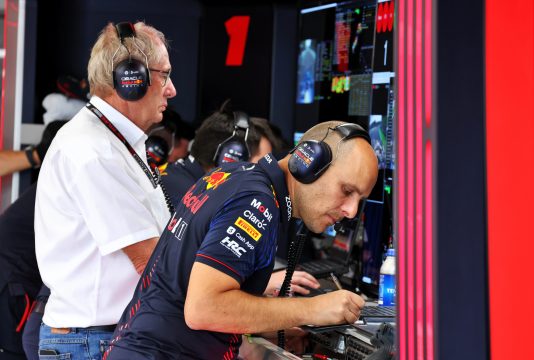





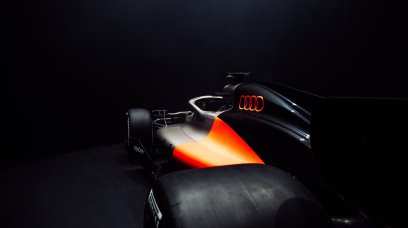
Join the conversation!